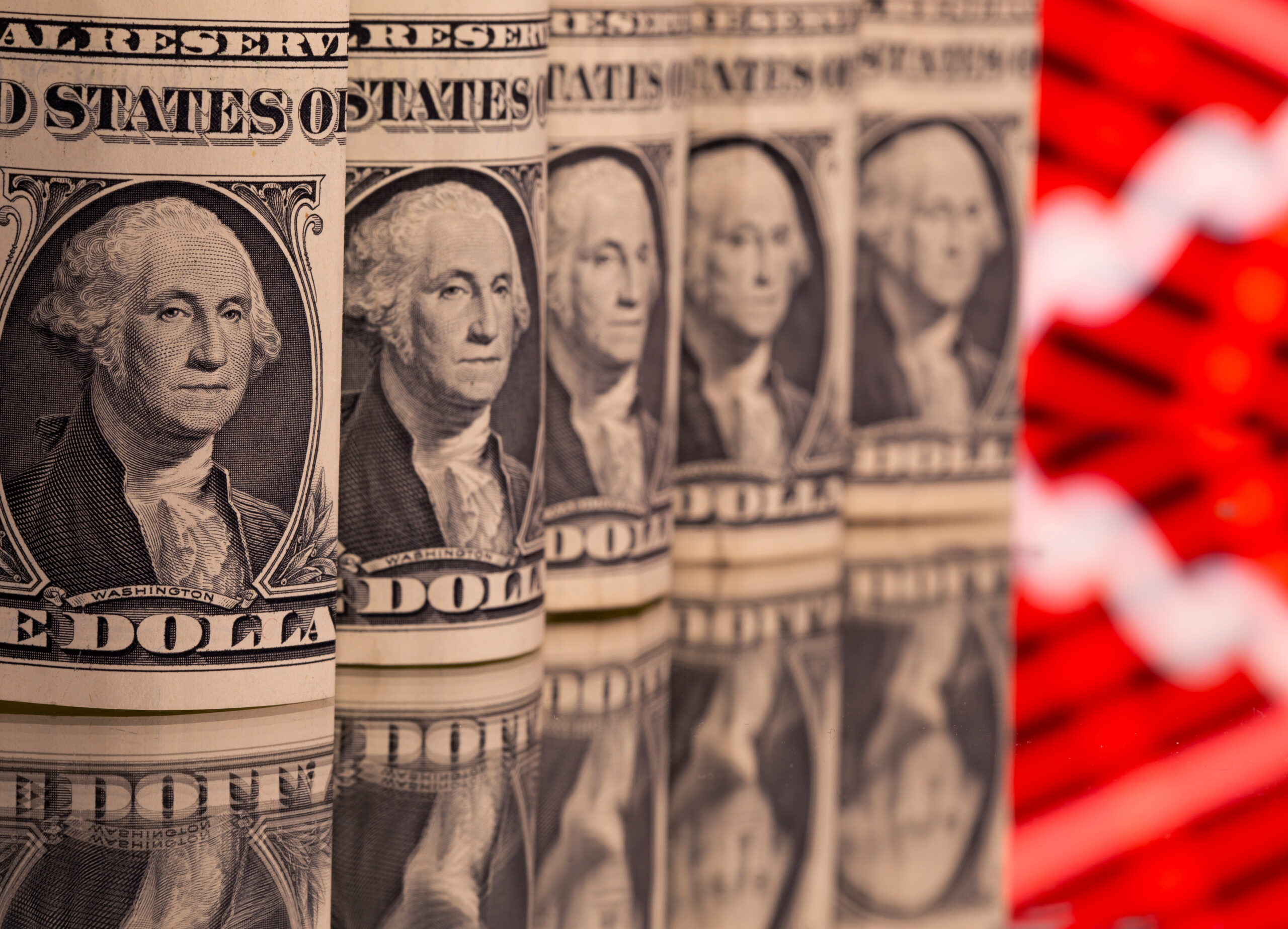Peso slips vs dollar before US labor reports

THE PESO slightly depreciated against the dollar on Monday ahead of the release of US labor data, and after US President-elect Donald J. Trump threatened to impose tariffs against BRICS countries.
The local unit closed at P58.655 per dollar on Monday, weakening by 3.5 centavos from its P58.62 finish on Friday, Bankers Association of the Philippines data showed.
The peso opened the session weaker at P58.68 against the dollar. Its intraday best was at P58.62, while its weakest showing was at P58.82 versus the greenback.
Dollars exchanged decreased to $1.36 billion on Monday from $1.73 billion on Friday.
“The peso-dollar traded with an upward bias on market caution ahead of US nonfarm payrolls and ADP employment data this week, and on risk sentiment from Trump’s tariff threats on BRICS countries if they veer away from the dollar,” a trader said by phone.
BRICS is made up of Brazil, Russia, India, China, South Africa, Iran, Egypt, Ethiopia, and the United Arab Emirates.
The dollar was supported by expectations of strong US jobs data, which would support future Federal Reserve rate cuts, Rizal Commercial Banking Corp. Chief Economist Michael L. Ricafort said in a Viber message.
For Tuesday, the trader sees the peso moving between P58.50 and P58.90 per dollar, while Mr. Ricafort expects the peso to range from P58.55 to P58.75.
The dollar pushed higher again on Monday in what is shaping up to be a critical week for the prospect of US rate cuts, while drawing verbal support from Mr. Trump.
In a surprise change of tone, Mr. Trump on Saturday demanded that BRICS member countries commit to not creating a new currency or supporting another currency that could replace the dollar or face 100% tariffs.
That marked a shift from his prior advocacy of a weaker dollar to fight trade wars and the Chinese yuan quickly slipped to a three-month trough at 7.2662 per dollar, while the Indian rupee hit record lows.
“Given the continued resilience of the US economy and a worsening outlook elsewhere, we don’t think this is the start of a deeper setback for the dollar,” said Jonas Goltermann, deputy chief markets economist at Capital Eco-nomics.
“But the bar for a further shift in expected interest rates in favor of the US in the near term is quite high,” he added. “A period of consolidation into yearend looks to us like the most likely scenario, although the risks remain skewed in favor of the dollar over the course of 2025.”
Key to the outlook for rates will be the November payrolls report due Friday where median forecasts favor a rise of 195,000 following October’s weather and strike-hit report, which could also be revised given a low response rate for that survey.
The jobless rate is seen edging up to 4.2% from 4.1%, which should keep the Federal Reserve on course to cut by 25 basis points on Dec. 18.
Markets imply a 65% chance of such an easing, though they also only have two more cuts priced in for all of 2025.
A host of Fed officials are due to speak this week, including Fed Chair Jerome H. Powell on Wednesday, while other data include surveys of manufacturing and services.
The dollar regained 0.4% on the yen to 150.71, having shed 3.3% last week in its worst run since July. Support lies around 149.47 with resistance at 151.53.
Over the weekend, Bank of Japan Governor Kazuo Ueda said the next interest rate hikes are “nearing in the sense that economic data are on track,” following figures showing Tokyo inflation picked up in October. — A.M.C. Sy with Reuters



